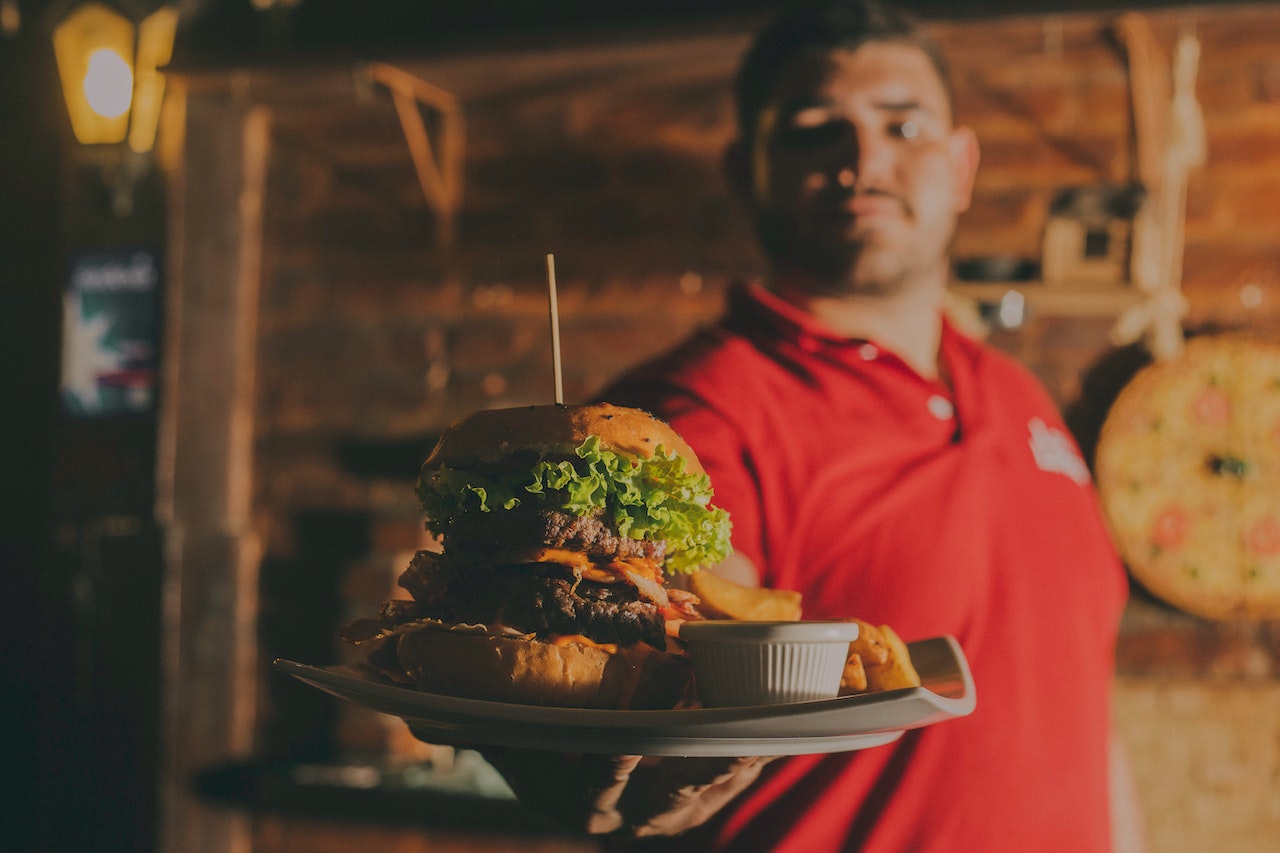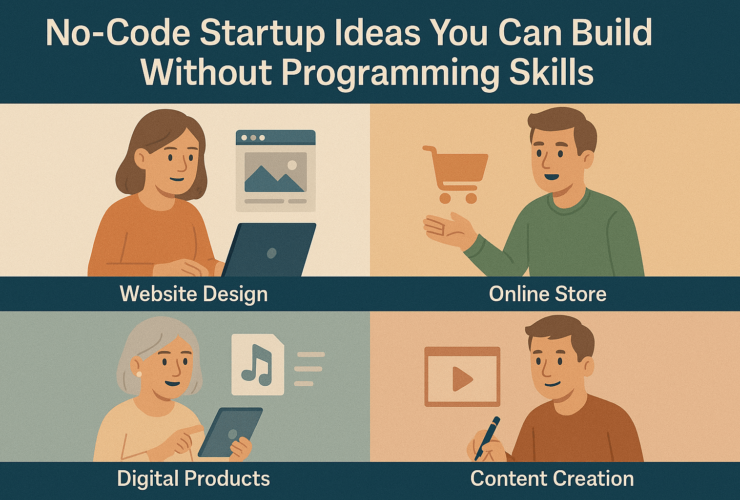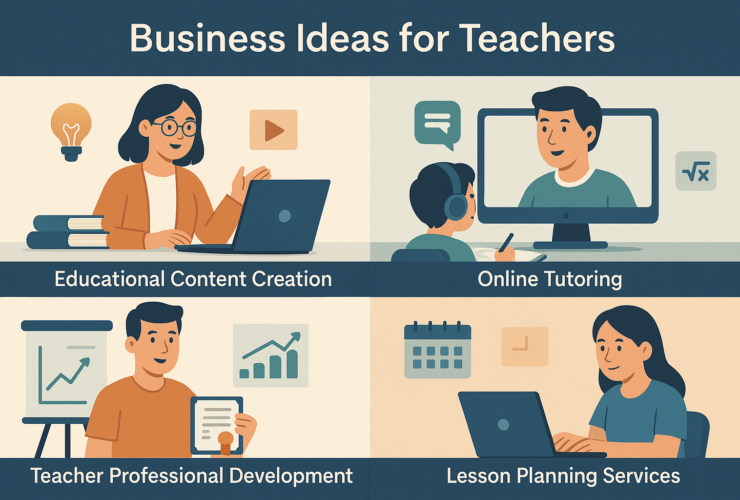15 Disruptive Foodtech Startup Ideas to Shake Up the Industry
The foodtech industry is ripe for disruption. New startups with innovative ideas can shake up traditional models and bring exciting changes to how we produce, distribute, and consume food.
If you’re an aspiring entrepreneur looking to make waves in food tech, consider these 15 disruptive business ideas.
Also, check out our free business idea generator to help you generate unlimited startup business ideas.
Leveraging AI and Big Data Analytics
Artificial intelligence and big data analytics are game changers for the food industry. Here are some ideas on how to apply them:
1. AI-Powered Food Recommendation Engine
Build an AI system that provides personalized nutrition recommendations and meal plans based on individual health data. The engine could analyze biomarkers, genetics, gut microbiome, medical history and other factors to offer precision diet and lifestyle advice.
2. Demand Forecasting with AI
Use AI algorithms to predict customer demand more accurately. By analyzing past sales data, weather forecasts, and other signals – an AI could give food businesses better insights into future ordering needs and minimize waste.
3. Food Safety Monitoring using IoT
Install internet-connected sensors across the supply chain to track variables like temperature and humidity in real-time. Smart analytics can then be used to identify anomalies and reduce food safety risks like bacterial growth.
Revolutionizing Food Production
Innovations in food production can create more sustainable, resilient, and ethical models. Consider these cutting-edge ideas:
4. Cell-Based Meat Manufacturing
Produce real meat from animal cells without slaughter. This “clean meat” has huge advantages over factory farming regarding animal welfare, environmental impact, and safety. Build bioreactors to culture meat at scale.
5. AI-Managed Vertical Farming
Launch AI-powered vertical farms in urban spaces for hyperlocal food production. Combine hydroponics with intelligent control systems to optimize outputs and minimize resource use. Unlock higher yields with lower land and labor requirements.
6. Edible Packaging Materials
Develop novel packaging materials that are edible and nutritious – such as proteins, fibers or algae. This cuts processing and waste while adding a supplementary food source. Products could even be infused with vitamins and minerals.
Optimizing Food Supply Chains
Major supply chain innovations can reduce waste, improve logistics, and provide transparency. Some innovative options include:
7. Real-Time Monitoring with Blockchain
Leverage blockchain to provide end-to-end visibility across complex supply chains. This enhances traceability, accountability, and process oversight – enabling quick responses to inefficiencies.
8. Intelligent Delivery Fleets
Deploy AI-powered analytics to optimize delivery routes, fuel use, and loading capacity for food transport vehicles. This could cut mileage while speeding up shipments. Autonomous driving technology could also be incorporated.
9. Shelf Life Extension Technology
Develop new techniques to slow spoilage and extend shelf life for perishable foods – like antimicrobial coatings or oxygen scavenging materials. This allows grocers to reduce spoilage and consumers to cut waste.
Rethinking Food Waste
Tackling food waste is a massive opportunity for system-wide change. Some potential innovation areas include:
10. Food Waste Tracking Apps
Design apps to help grocery stores, restaurants, and households track, measure, and analyze their food waste patterns. This data then drives targeted reduction strategies. Integrate AI to enhance insights.
11. Upcycled Food Products
Upcycle food byproducts like fruit pulp and coffee grounds into value-added consumer goods or ingredients. For example, rescued juices could be turned into vinegar, and imperfect produce into soups.
12. Food Rescue Networks
Coordinate networks and platforms to rescue unsold or excess food and redistribute it quickly to those in need. Very short supply chains could support food-insecure neighborhoods.
Empowering Consumers
Give consumers more information, choice, and convenience around food. Some ideas that drive this:
13. Open Data Platforms
Develop open data platforms that consolidate hard-to-access information on food products – like sustainability ratings, ethical sourcing policies, and health attributes. Empower ethical choices.
14. Customizable Food Printing
Pioneer food printers for retail locations where customers can customize nutrition profiles, flavors, textures, and more. Unlock greater flexibility and personalization when dining out.
15. E-Grocery Virtual Reality
Offer immersive virtual grocery shopping so customers can browse aisles, select items, read labels, and get recommendations remotely. Blend gaming with real transactions.
Related Posts
Conclusion
The possibilities are endless for food startups looking to positively disrupt the status quo. While adopting new technology is crucial, companies must develop solutions centered on tangible consumer benefits and real societal needs. The ideas here only scratch the surface of what’s attainable – with creativity and drive, you can transform how we all experience food.
















